September 27, 2020
Grossglockner High Alpine Road History, Guide & Map
Architecture, Culture, Guide, History
Top attractions:
Quick Navigation
Driving Above the Clouds
One thing I really love about the old times is that we were able to dream. As a result, those big ideas brought us incredible things, which due to economics could hardly be achieved today. What would take to convince the public and government to take a loan and build a road through the Alps after losing war during the Great Depression? I can hardly imagine it today. It simply doesn’t sound practical, yet everybody is fascinated with those extra-ordinary achievements. Grossglockner High Alpine Road is one of those achievements, which could only be thought of by a dreamer.
Without a doubt, Grossglockner High Alpine Road is one of the most spectacular and iconic alpine roads in the whole of Europe. For decades, it attracted both driving and nature enthusiasts and currently is ranked among top 3 most visited locations in Austria. Almost 48km/30mi of Grossglockner High Alpine Road leads right through the heart of the Hohe Tauern National Park, uncovering all the natural experiences this mountain range has to offer. Do you know another place, where you can get to 2,571m/8,435ft above the sea level so quickly as you can using Grossglockner High Alpine Road?

Grossglockner High Alpine Road straight-away brings you above the clouds. Photo by Alis Monte [CC BY-SA 4.0], via Connecting the Dots
Nature lovers and connoisseurs will be surprised by the stunning views of Hohe Tauern at every turn of the alpine road. The highest mountain in Austria, Grossglockner, 3,798m/12,460ft, seems to be within an arm’s reach, and Pasterze, the longest glacier in Austria, is just next to Kaiser Franz Josefs Hohe. As audacious as the Grossglockner High Alpine Road project is, it offers exponential rewards to anybody willing to take the challenge.

Grossglockner High Alpine Road connects Salzburger Land to Carianthia via Fuscher Törl and Hochtor Pass at 2,504m/8,215ft. Photo by Alis Monte [CC BY-SA 4.0], via Connecting the Dots
Grossglockner High Alpine Road Details
- Location: Hohe Tauern
- Region: Carinthia and Salzburgerland
- Main hubs: Heiligenblut, Bruck & Fush
- Distance from Vienna: 424km / 263.5mi
- Distance from Salzburg: 134.5km / 83.57mi
- Coordinates: 47.0833″N 12.8428 ″E
- Constructed: August 3, 1935
- Length: 47.8km / 29.7mi
- Highest Point: Edelweißspitze (2,571m / 8,435ft)
- Entrance Fee: 37 €
- Best time to visit: Summer
- Weather: Grossglockner forecast & Kaiser Franz Joseph Hohe
Opening Times
- 1st May – 31st May: 6:00 – 20:00
- 1st June – 31st August: 5:00 – 21:30
- 1st Sept – 1st Nov: 6:00 – 19:30
- Last entry: 45min before closing.
Day Ticket Prices
- Car: 37,00 €
- E-Car: 27,00 €
- Motorcycle: 27,00 €
- E-Motorcycle: 20,50 €
- Extra charge for 2nd day: 12,50 €
Find more information on the official Grossglockner Alpine Road Website.
Map of Grossglockner Alpine Road
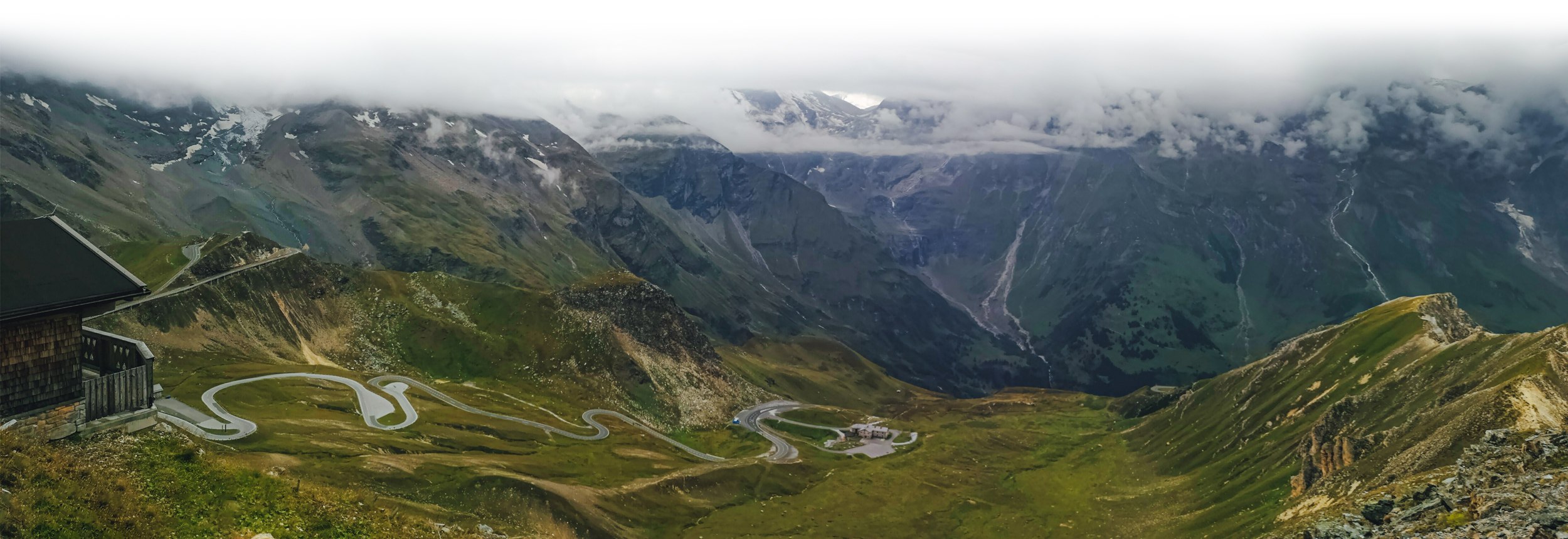
Grossglockner High Alpine Road attracts many driving enthusiasts. Photo by Alis Monte [CC BY-SA 4.0], via Connecting the Dots
How to Get to Grossglockner High Alpine Road
By bus
As crazy as it sounds but there is a public bus, which could bring you to Kaiser Franz Joseph Hohe via Grossglockner High Alpine Road, and it is a legend already. From Salzburgerland, Glocknerbus operates from 1st of July to 4th of September every Wednesday and Friday. The route includes all the major hubs in the area: Hinterglemm, Saalbach, Zell am See, Bruck & Fusch.
From Heiligenblut in Carinthia, during the summer Postbus extends bus line 5108 to Großglockner Franz Josef Höhe three times a day. The same bus operates between Heiligenblut and Obervellach. Find the timetables of the buses below.
- Glocknerbus from Salzburgerland
- Hikingbus Grossglockner from Heiligenblut, Carinthia
- Cyclebus Grossglockner from Carinthia
- Obervellach – Heiligenblut – Bus 5108 in Carinthia
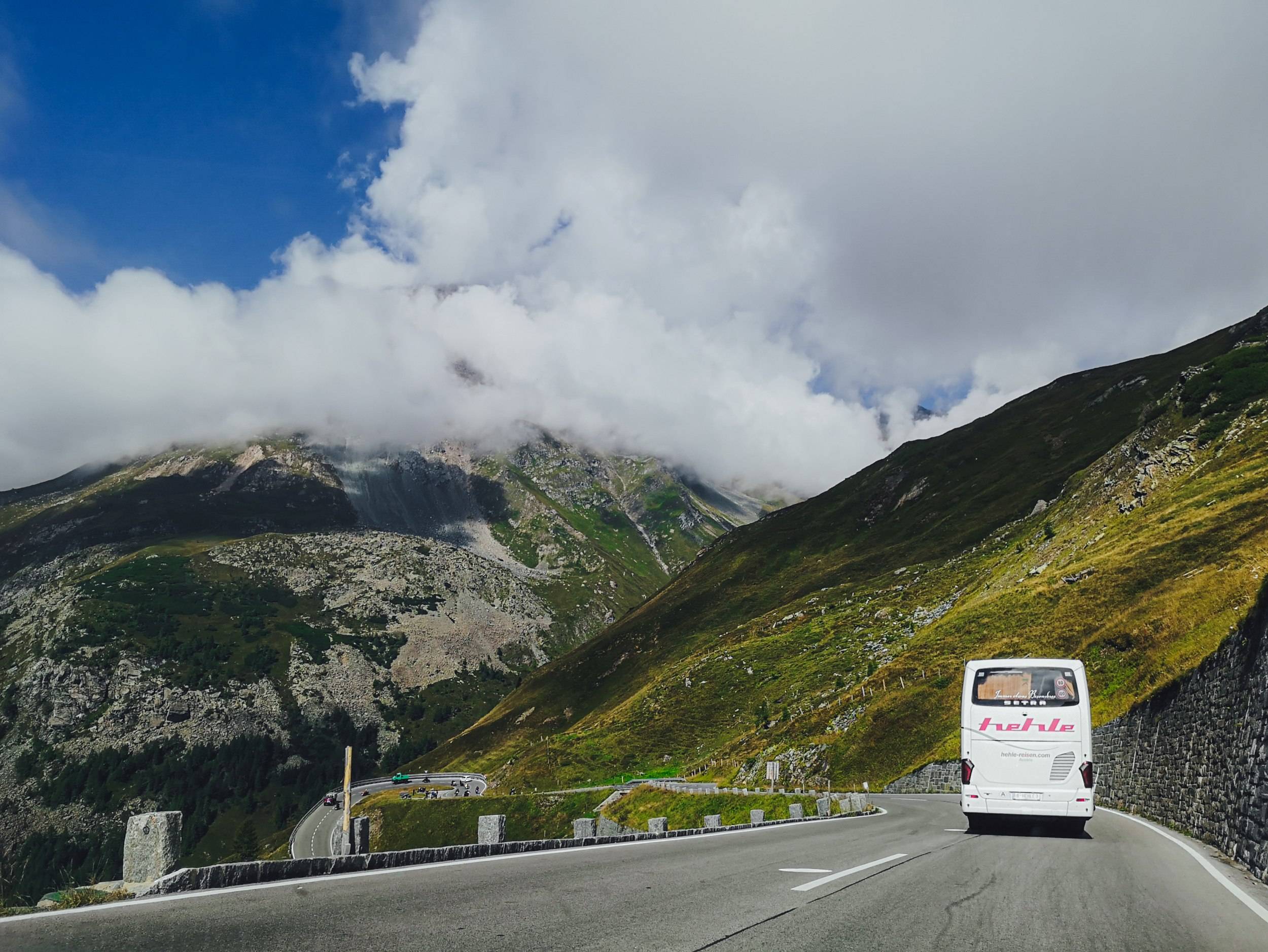
During the summer, Kaiser Franz Joseph Hohe on Grossglockner High Alpine Road could be accessed by public buses. Photo by Alis Monte [CC BY-SA 4.0], via Connecting the Dots
By Train
While trains cannot bring you to Kaiser Franz Joseph Höhe, or anywhere near Grossglockner High Alpine Road, it is the fastest way to reach the area. Take any train from Vienna to Salzburg and switch to regional express (REX) towards Saalfelden. This train goes through Bruck/Fusch train station.
There is no reasonable way to approach the Carinthian side of Grossglockner High Alpine Road by train.
By car
Grossglockner High Alpine Road connects Fusch & Bruck of Salzburgerland and Heiligenblut in Carinthia. To approach Grossglockner High Alpine Road from Salzburgerland side, from Vienna follow the West Autobahn to Salzburg (A1) and then switch to Tauern Autobahn (A10). After passing Town Werfen, lookout for sights to Zell am Zee on road 311. At Bruck, turn south toward Fusch on road 107, which leads to Grossglockner High Alpine Road.
To approach the alpine road from the Carinthian side, in Vienna lookout for the South Autobahn (A2) towards Graz instead. You have to pass the Styrian Capital and follow the autobahn to Carinthia. Just before Villach, take an exit to Tauern Autobahn (A10) and follow it to Spittal an der Drau. After passing the town. look for an exit towards Obervellach on road 107, then in Winklern switch to road 107, which will lead you to Heiligenblut.
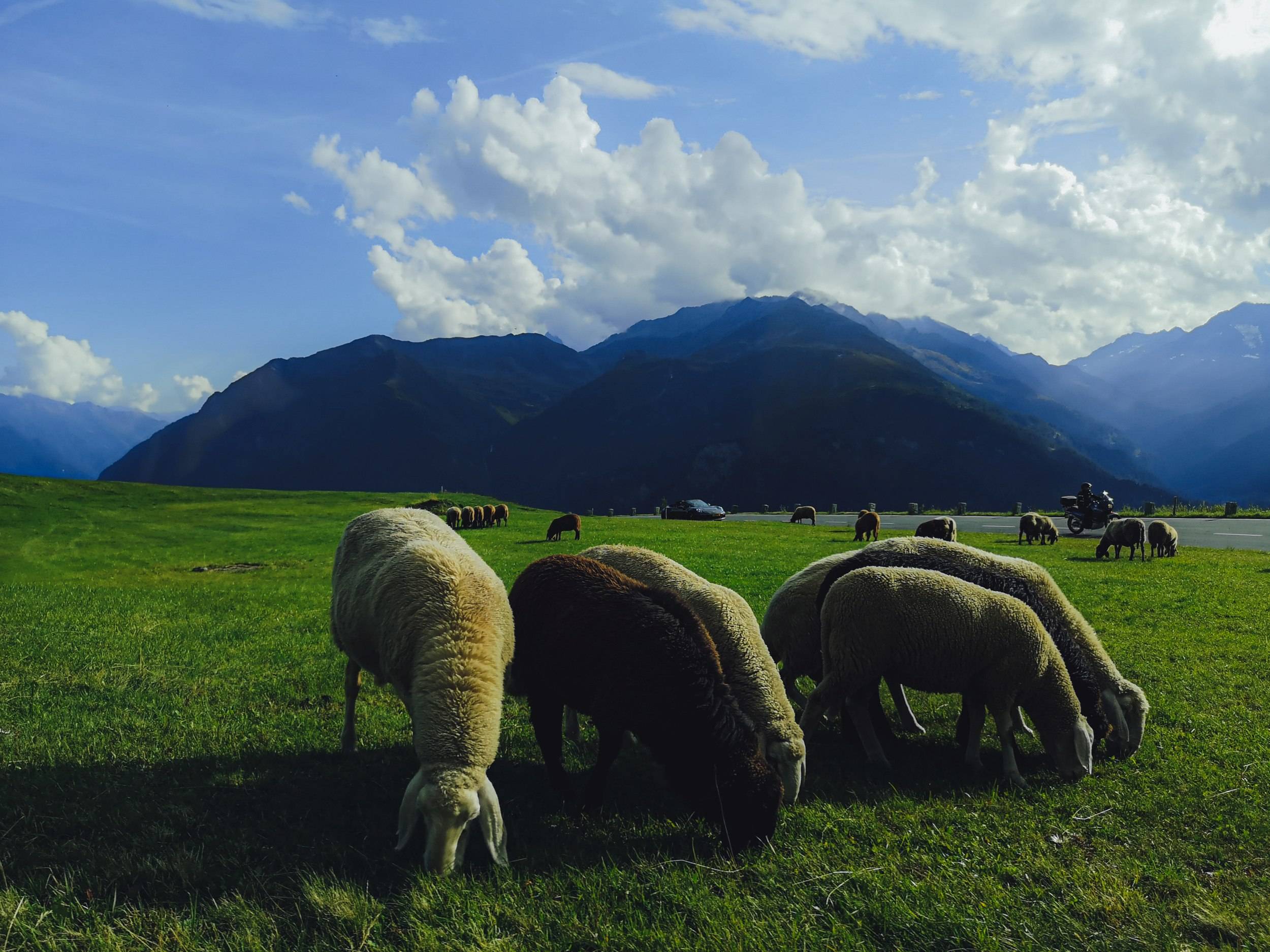
There is a possibility to extend your access to the alpine road for a second day on a discounted price. Photo by Alis Monte [CC BY-SA 4.0], via Connecting the Dots
Toll Roads in Austria: You have to have a clearly visible sticker on the front window of the car, which could be bought on one of the 6,000 outlets along the road and abroad. As an alternative, you can buy the digital vignette for the Austrian toll roads here.
Grossglockner High Alpine Road History
Grossglockner High Alpine Road location was chosen for a reason – it is the shortest north-south connection through the Hohe Tauern. Humans knew that for as long as 3,500 years before the paved road was built – Celts and Romans used 2,504m / 8,215ft high Hochtor pass as a trading route. Due to fast-changing weather, this path was dangerous, but rewarding, nevertheless. This one feature hasn’t changed to this day, about a million visitors a year use the Grossglockner High Alpine Road for its awe-inspiring views.
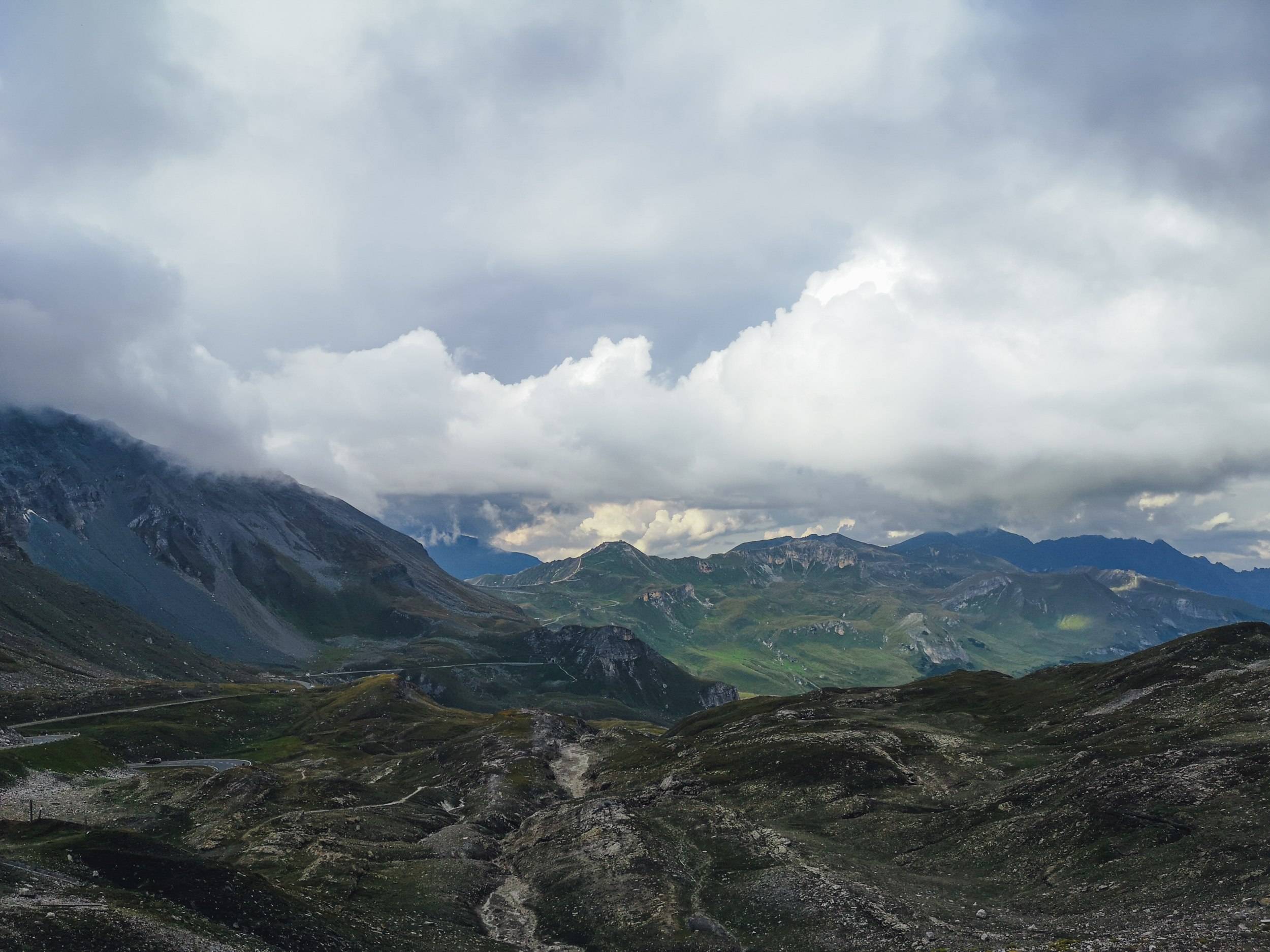
A bronze Hercules statuette was found during the construction of the high alpine road at 2,600m/8530ft above the sea level. Photo by Alis Monte [CC BY-SA 4.0], via Connecting the Dots
Though the road is used to connect two Austrian federal states: Carinthia and Salzburger Land to each other, most of its visitors come here as tourists, in particular to Kaiser Franz Josefs Höhe to see Grossglockner and Pasterze Glacier. This branch of Grossglockner High Alpine Road was named after the visit of the imperial couple Franz Joseph I and Elisabeth, Sisi, in 1856. Despite what one could think, they didn’t use the road to see the vistas but had to hike for 4 hours from Heiligenbut to ascend about 1,100m/3,609ft to see Pasterze Glacier. Grossglockner High Alpine Road was built in 1935, long after their death.
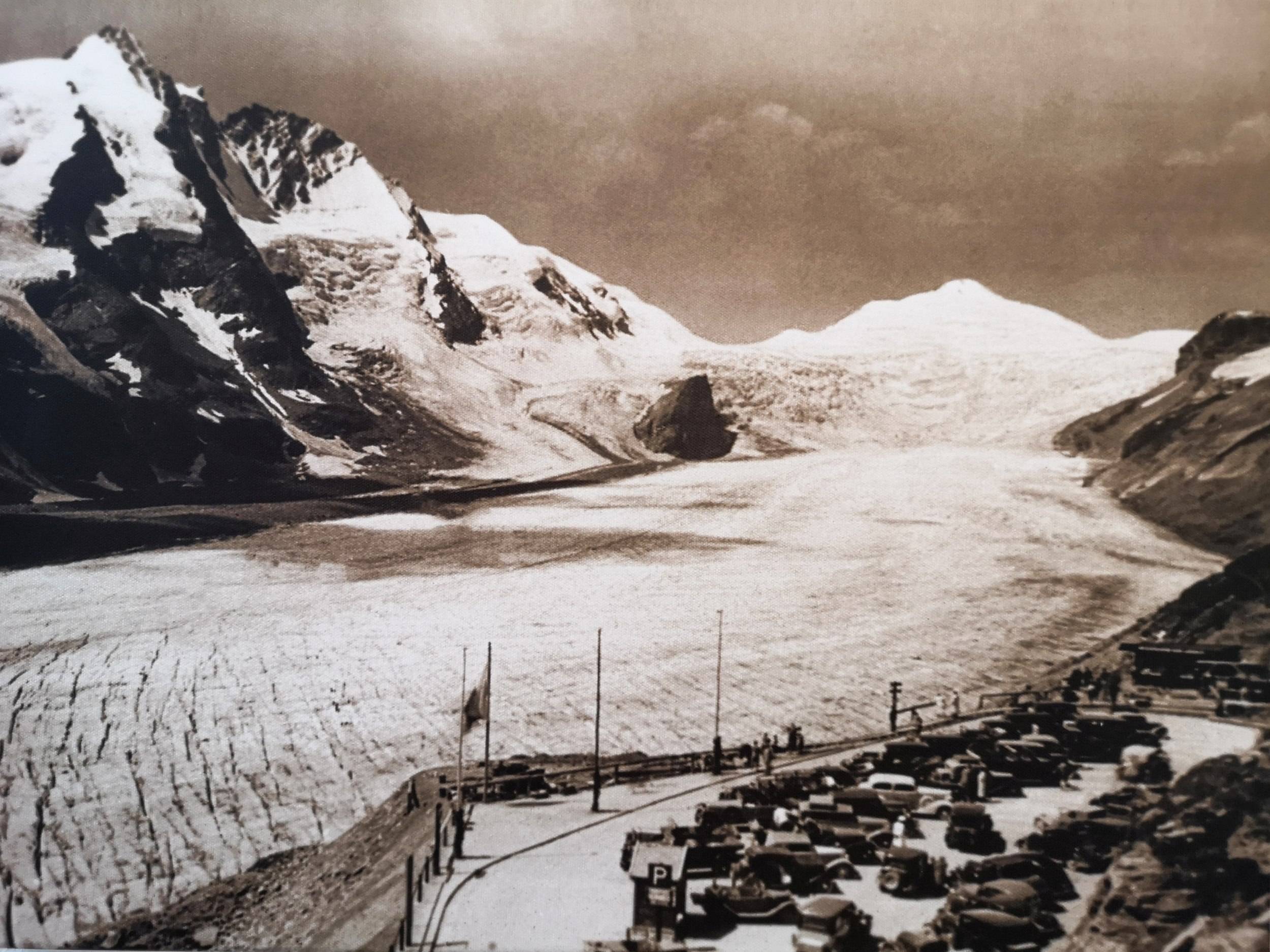
When Grossglockner High Alpine Road was built, Pasterze Glacier was at the foot of Kaiser-Franz-Josepf-Hohe. Photo by Alis Monte [CC BY-SA 4.0], via Connecting the Dots
The real climb of what would look like an impossible ladder began in 1924, when two Austrian engineers presented unconceivable and irrational plan at that time to build a paved road over the Austrian Alps. This proposal was laughed-off. At that time, which is almost a hundred years ago, there were only 154,000 private automobiles, 92,000 motorcycles, and 2,000km/1,200mi of long-distance asphalt roads in Austria, Germany and Italy combined. The design seemed to be too expensive. Have in mind that it was presented after the First World War, when Austria shrunk to its seventh, from the Empire to a country.
The Construction of Grossglockner High Alpine Road
Nevertheless, the tides changed quickly once the New York stock market crashed in 1929. This was a major blow to the Austrian economy. Its output dropped by a quarter and the unemployment rate reached as high as 26% or 520,000 people. Grossglockner High Alpine Road project did not solve the problem, but it gave jobs to 3,200 people. Also, it was projected that the alpine road would attract excessive international traffic of 120,000 visitors annually. The idea was still mocked, but the state continued the construction, hoping that the road toll fee of visitors will pay off the costs in future.
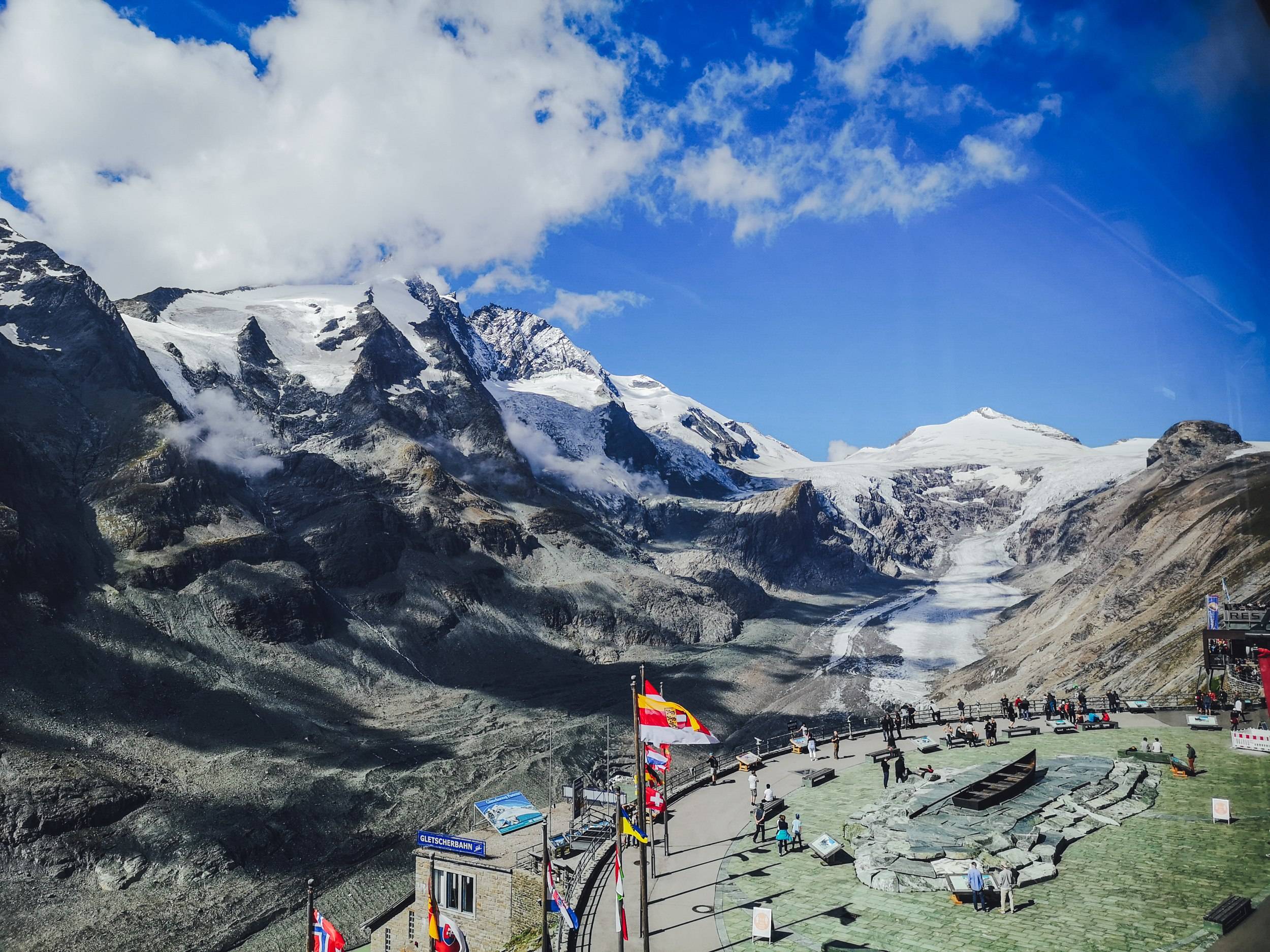
Within the last 100 years Pasterze Gracier has greatly withrawn. Photo by Alis Monte [CC BY-SA 4.0], via Connecting the Dots
The construction began on 30th August 1930 and four years later the head of Salzburg province Franz Rehrl and the technician Franz Wallack were the first to trespass the Alps on Grossglockner High Alpine Road by their own cars. On 3rd August 1935 the road was opened to the public and it reached the promised 120,000 visitors in 1930. These numbers were dwarfed as soon as 1938, with 375,000 visitors in 98,000 vehicles. Today, about a million people visit Grossglockner High Alpine Road annually. The outrageous project was nothing but a great success.

Grossglockner and the surrounding mountains are covered by snow & ice even during the summer. Photo by Alis Monte [CC BY-SA 4.0], via Connecting the Dots
My Impressions of Grossglockner High Alpine Road
Well, where to begin.. It’s amazing. I don’t want to write another article about my appreciation of all the engineering and advancement, making unfathomable beauty of all these remote places so easy to reach, but here I go.
If the audacious visionary and ingenuity of Austrian engineers is not a miracle, then the fact that Pasterze Glacier was made accessible to everyone is. From first sight, such an endeavor might be taken for granted but both building roads through mountains and being able to see a glacier without spending much of your energy is very very rare. For example, the last glacier I saw, which I could compare to Pasterze was Gergeti Glacier of Mount Kazbek in High Caucasus Mountain in Sakartvelo (Georgia). I had to climb there for 3 days from the nearest village.

No matter how much I visit them them, the high mountains never stop affecting me. Photo by A.L. [CC BY-SA 4.0], via Connecting the Dots
One thing I really love about the mountains is that dwarfing aura, which includes all the daily problems. They don’t seem to matter anymore. It is a great place to recalibrate yourself. Here on Grossglockner High Alpine Road, everybody has access to this therapy, which would not be available without this project. Against the mountains, everybody is equal. Even Franz Joseph I and his wife Sisi had to hike for 4h to see Pasterze Glacier. Today, Grossglockner High Alpine Road gives a chance to see a glacier almost for free, a possibility, which even Emperors didn’t have just 150 years ago.
Photo Tour of Grossglockner High Alpine Road
It would take pages and pages to describe the beauty and variety of Grossglockner High Alpine Road. Let the photography do the rest of the work.
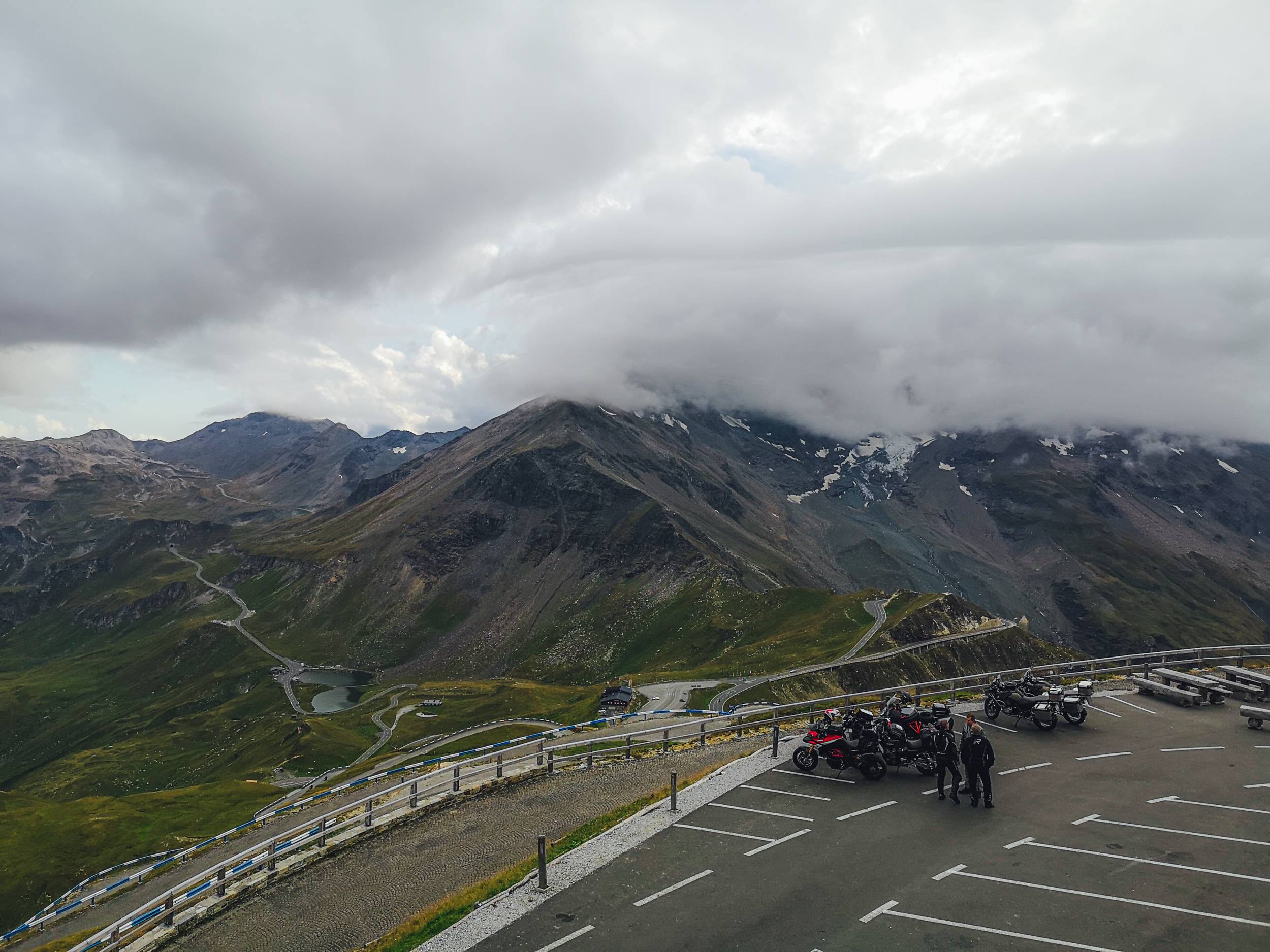
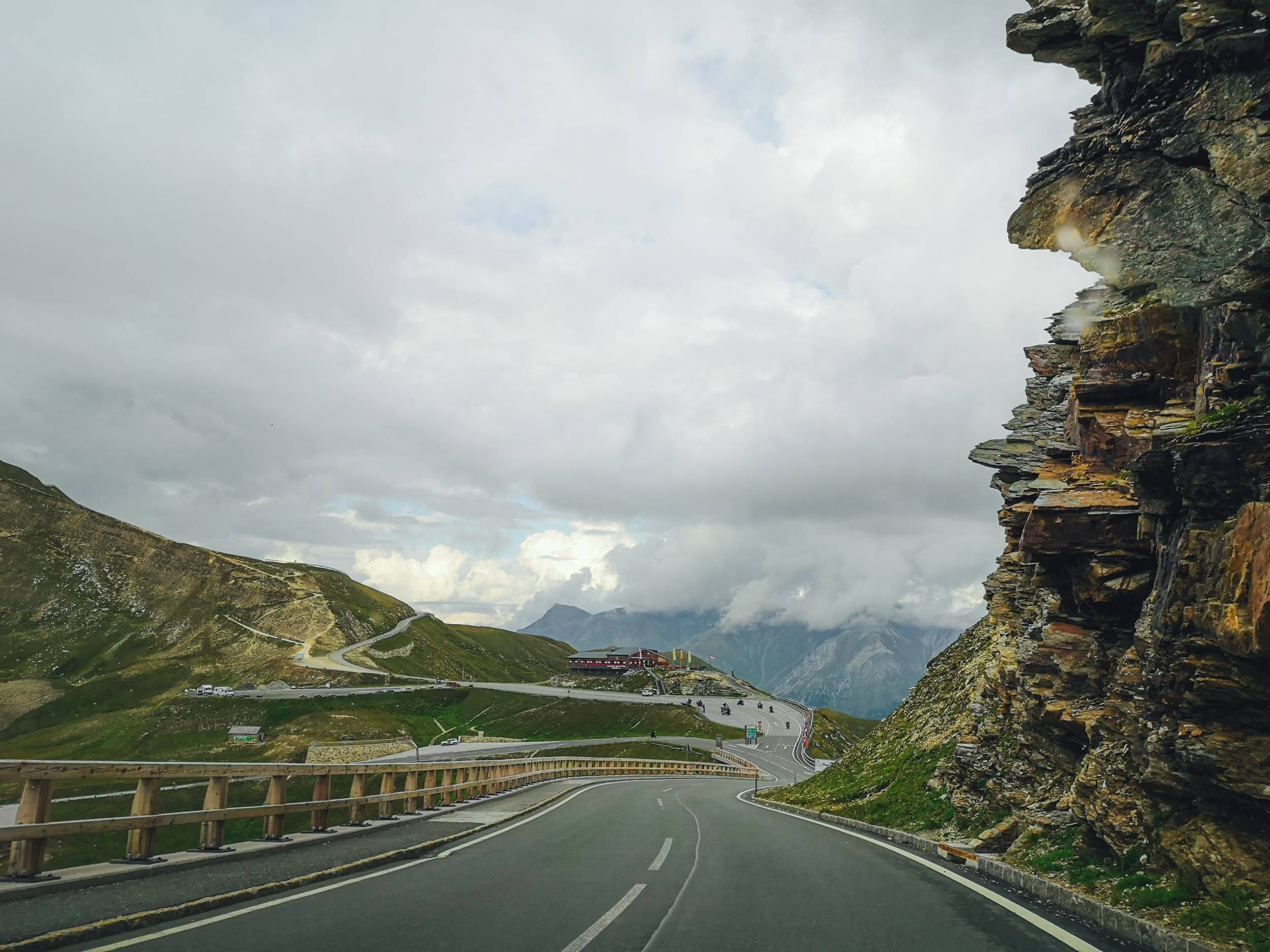
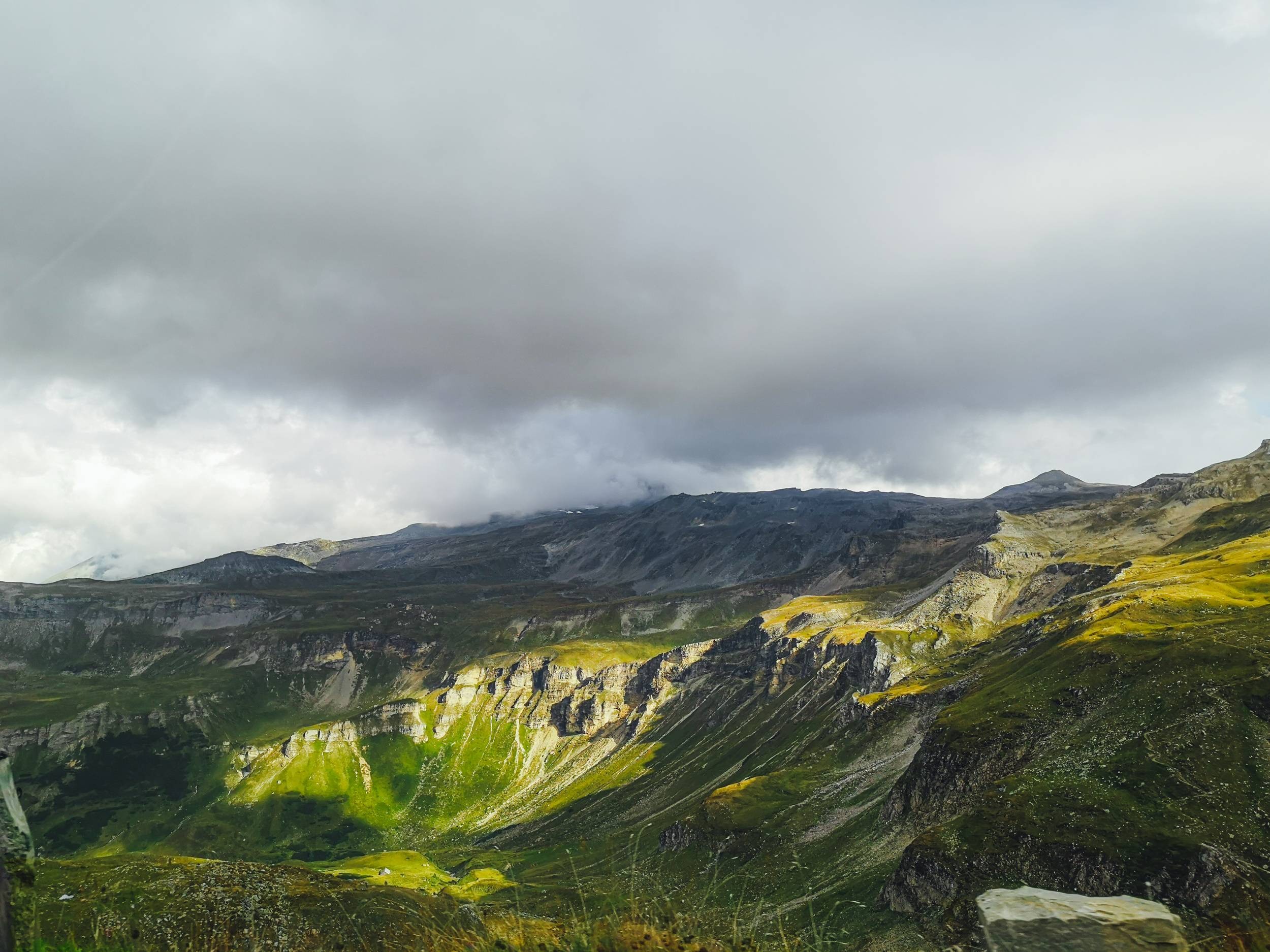
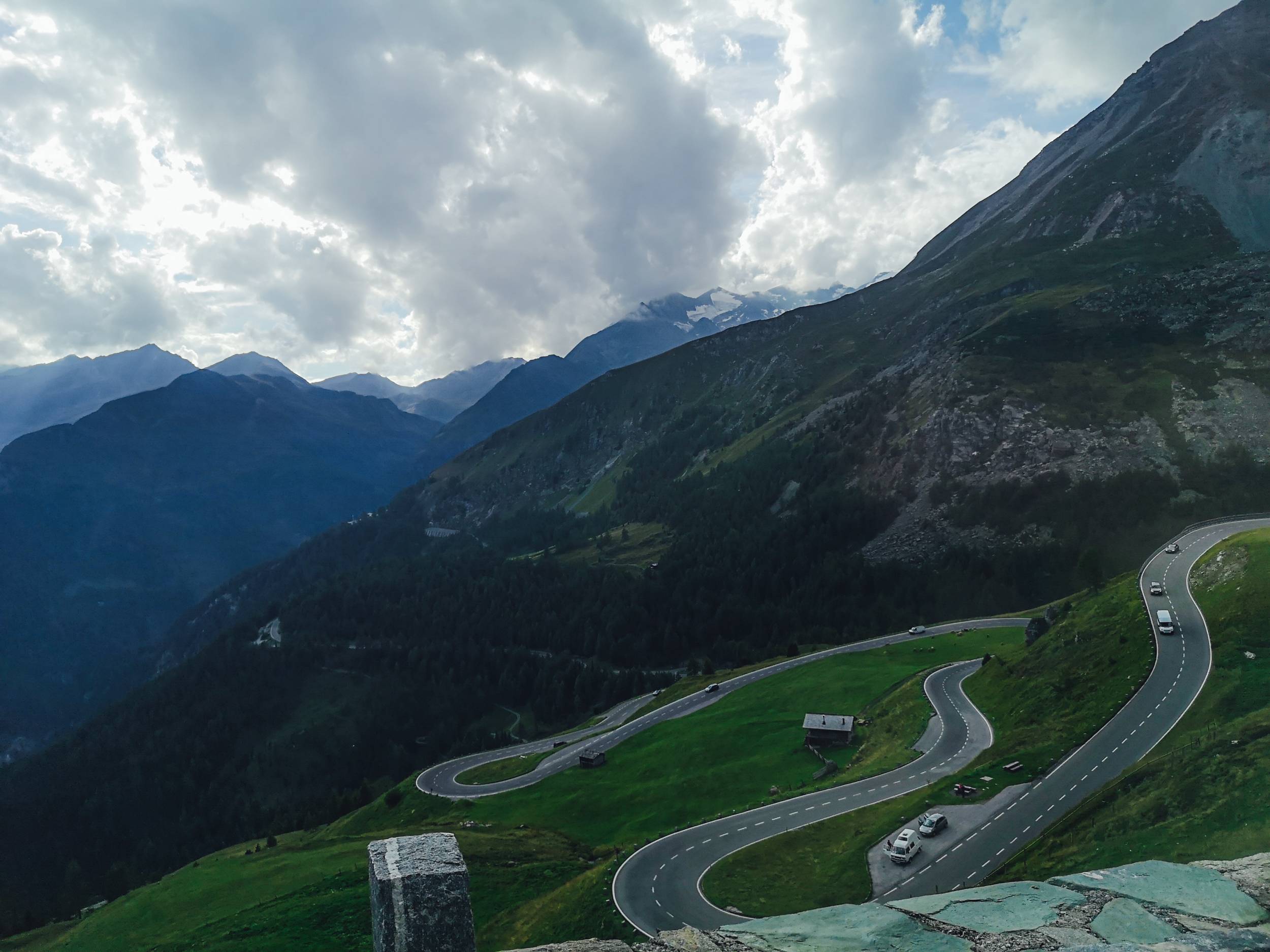
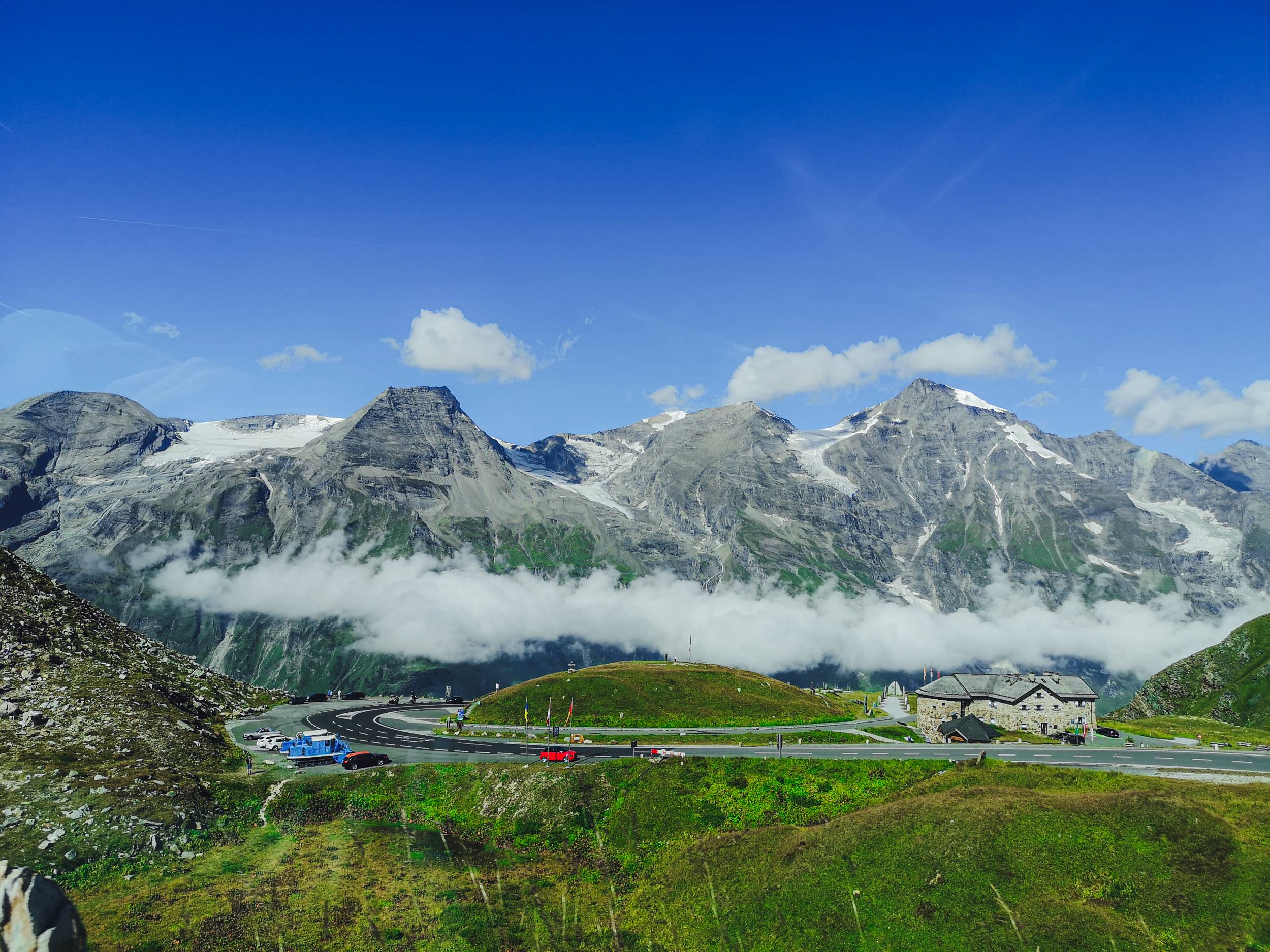
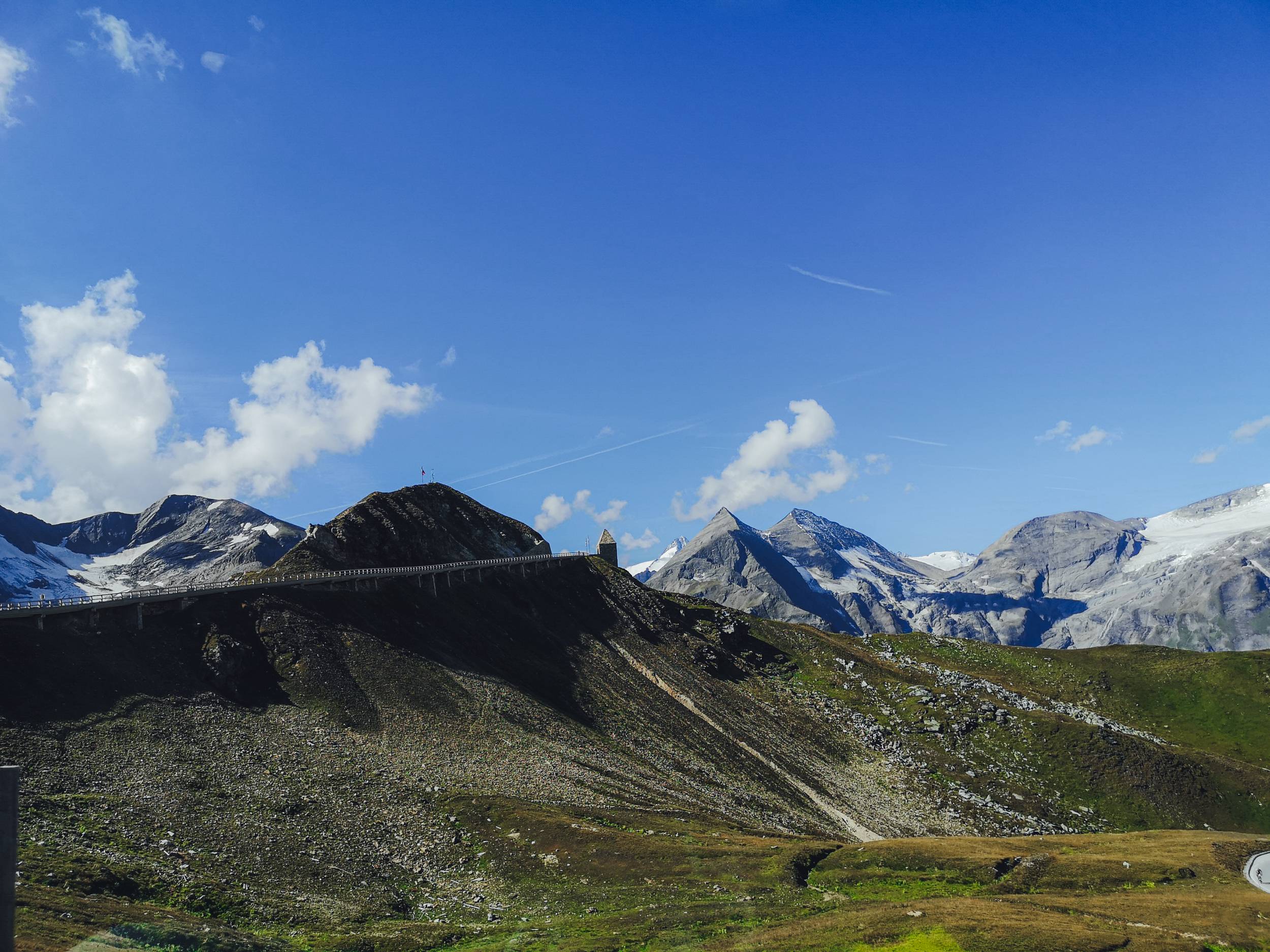
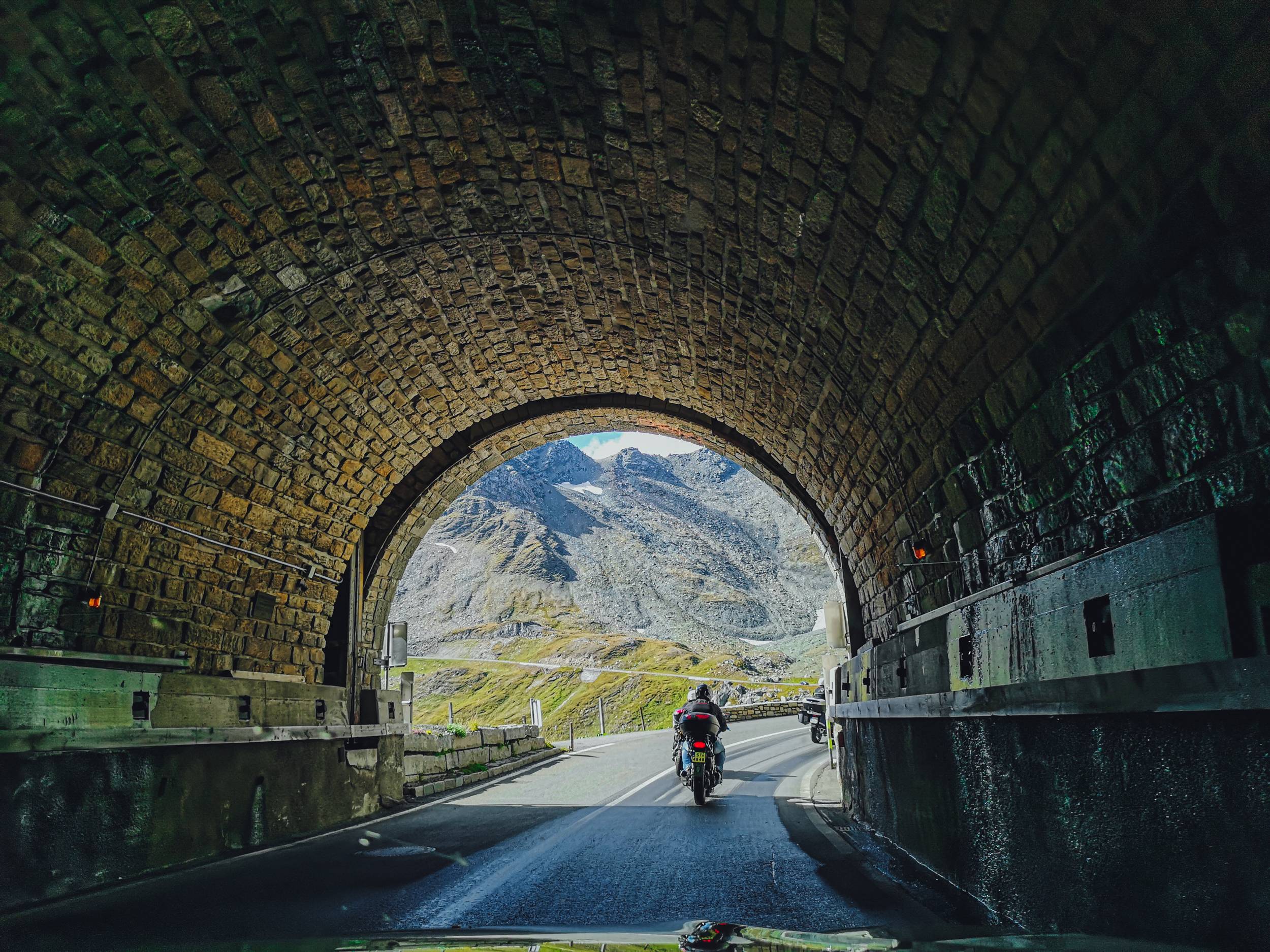
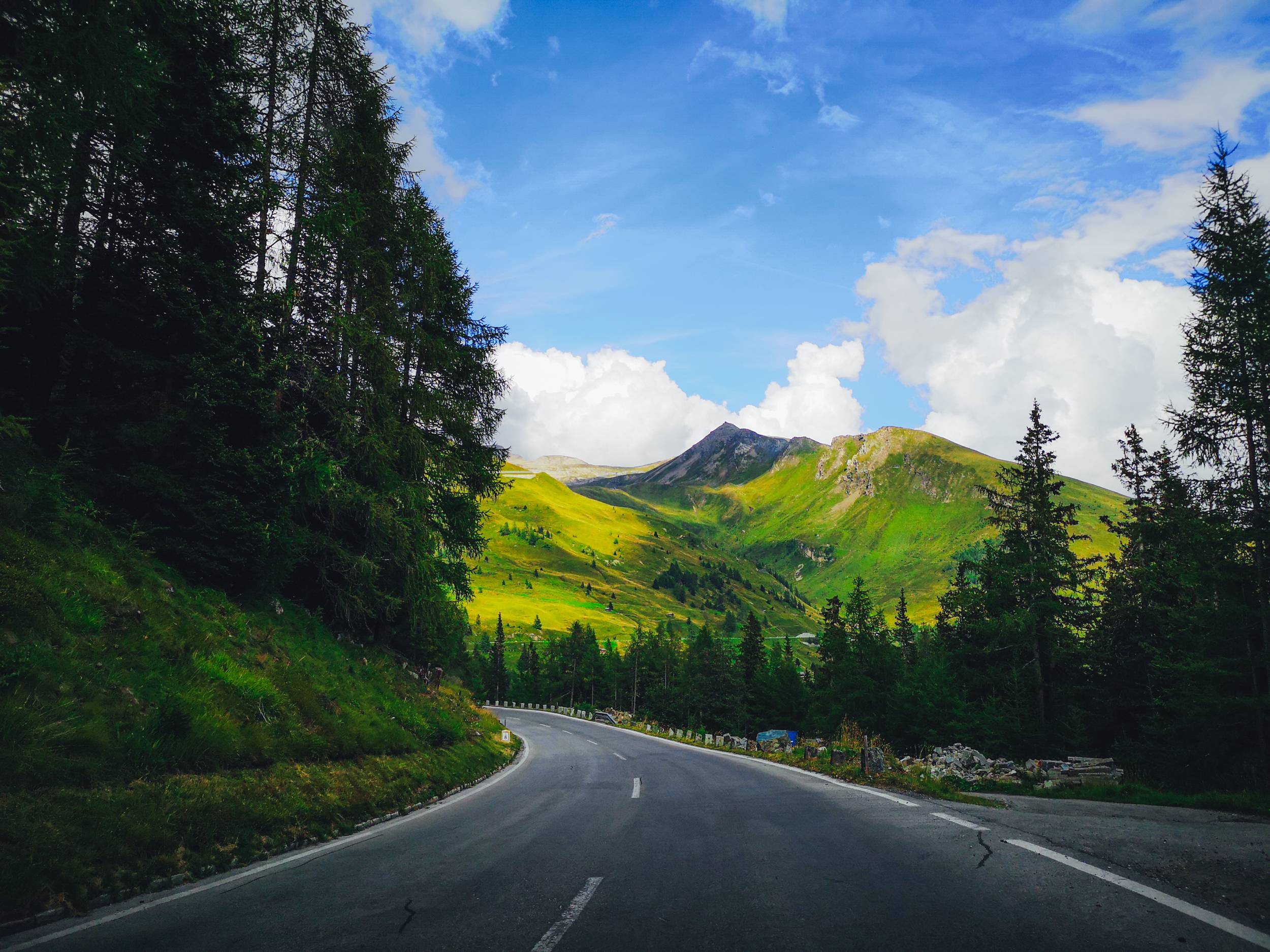


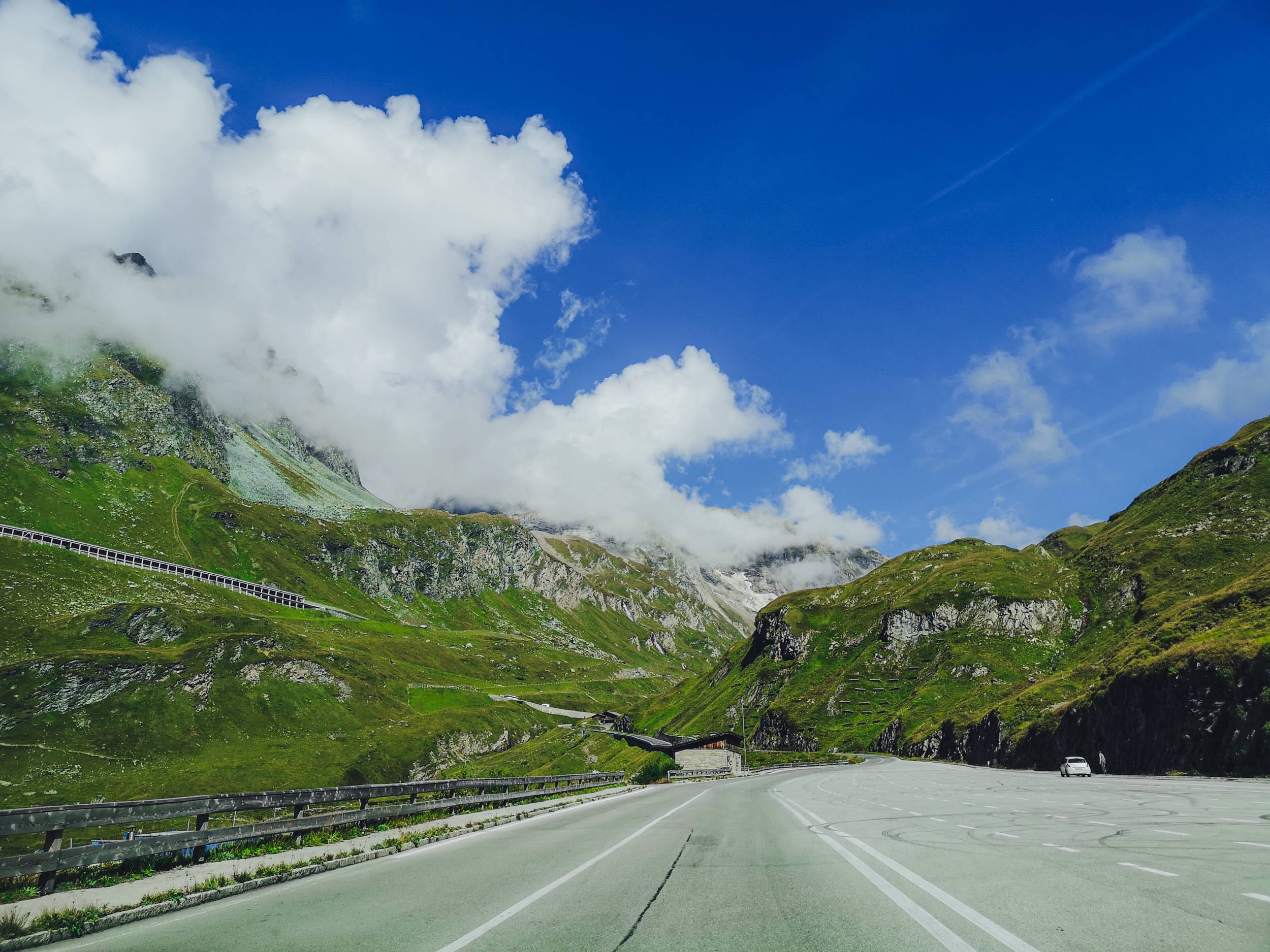

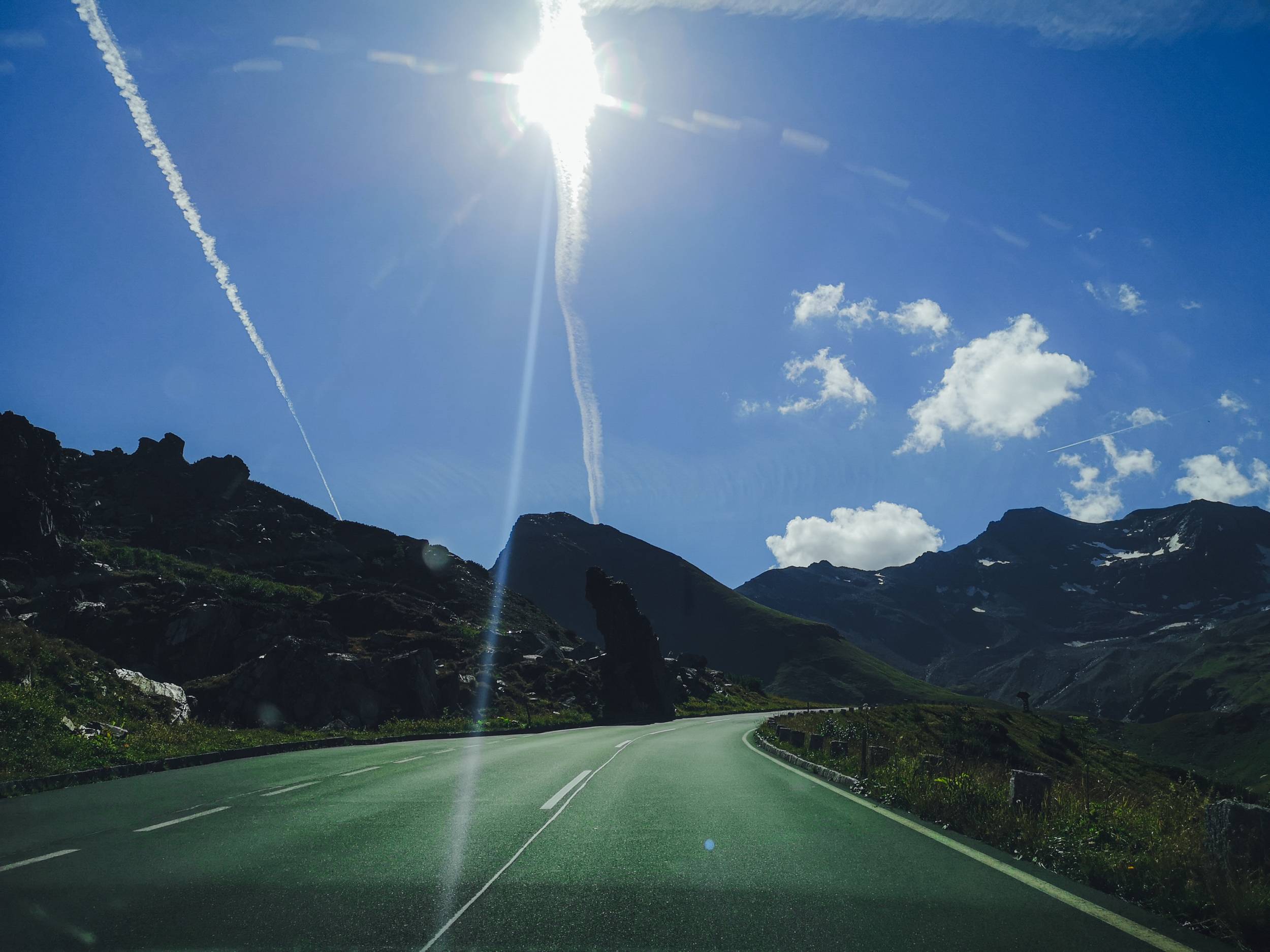

All content and photos by Alis Monte. If you want to collaborate, contact me on info@ctdots.eu [CC BY-SA 4.0], via Connecting the Dots